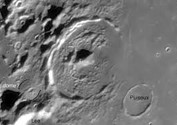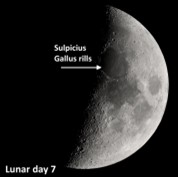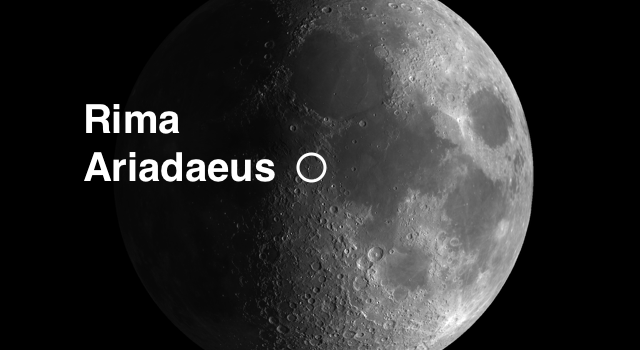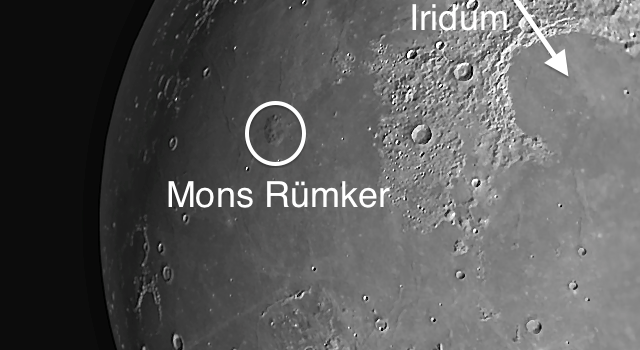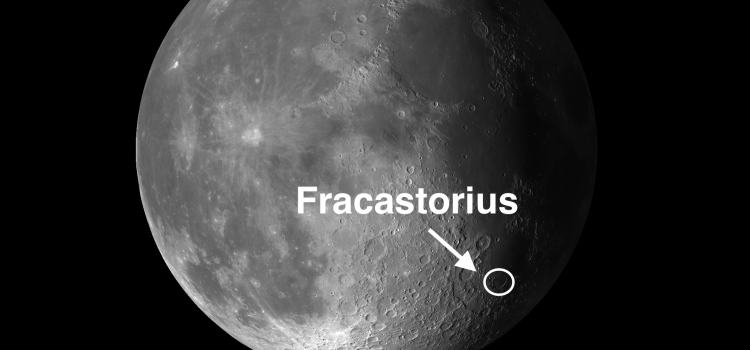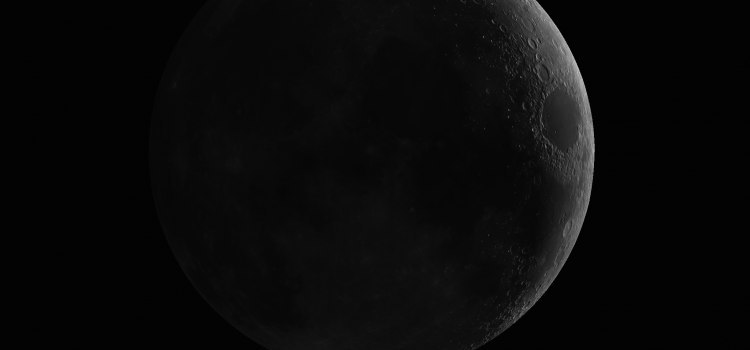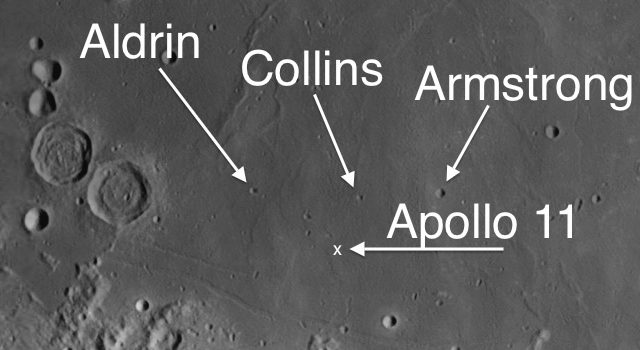The week of November 6-12 takes us from Day 24 to Day New Moon. This week we will highlight the moon crater Doppelmayer, viewable before sunrise on Tuesday and Wednesday and located in the SW quadrant of the Field Map
Doppelmayer – Crater Subsidence on the Moon
